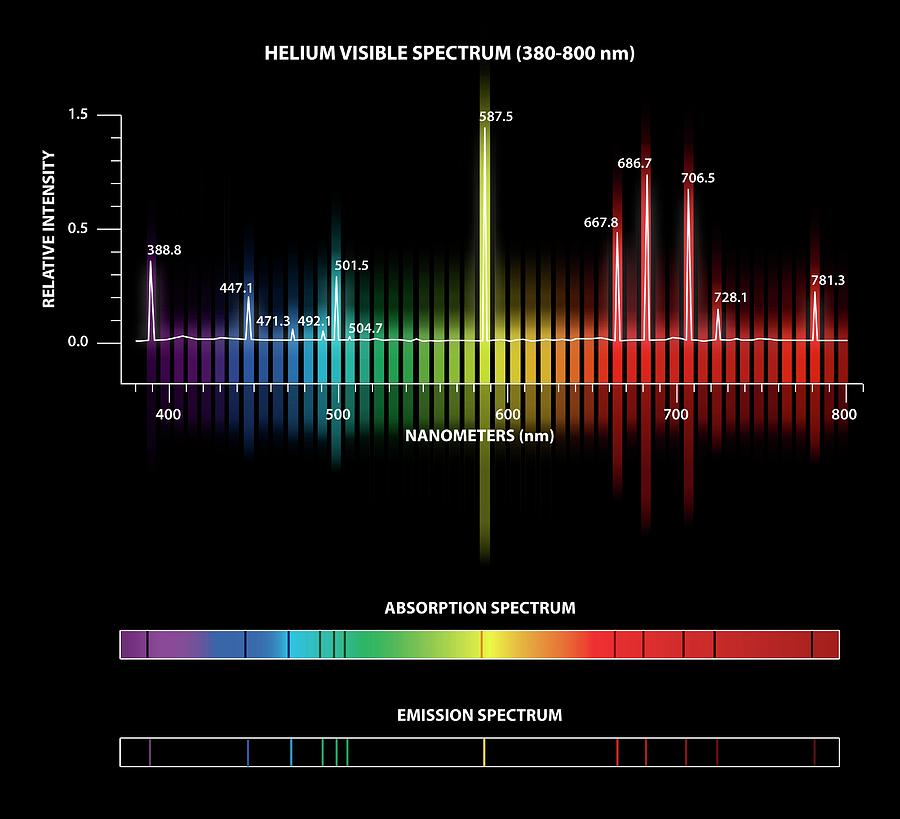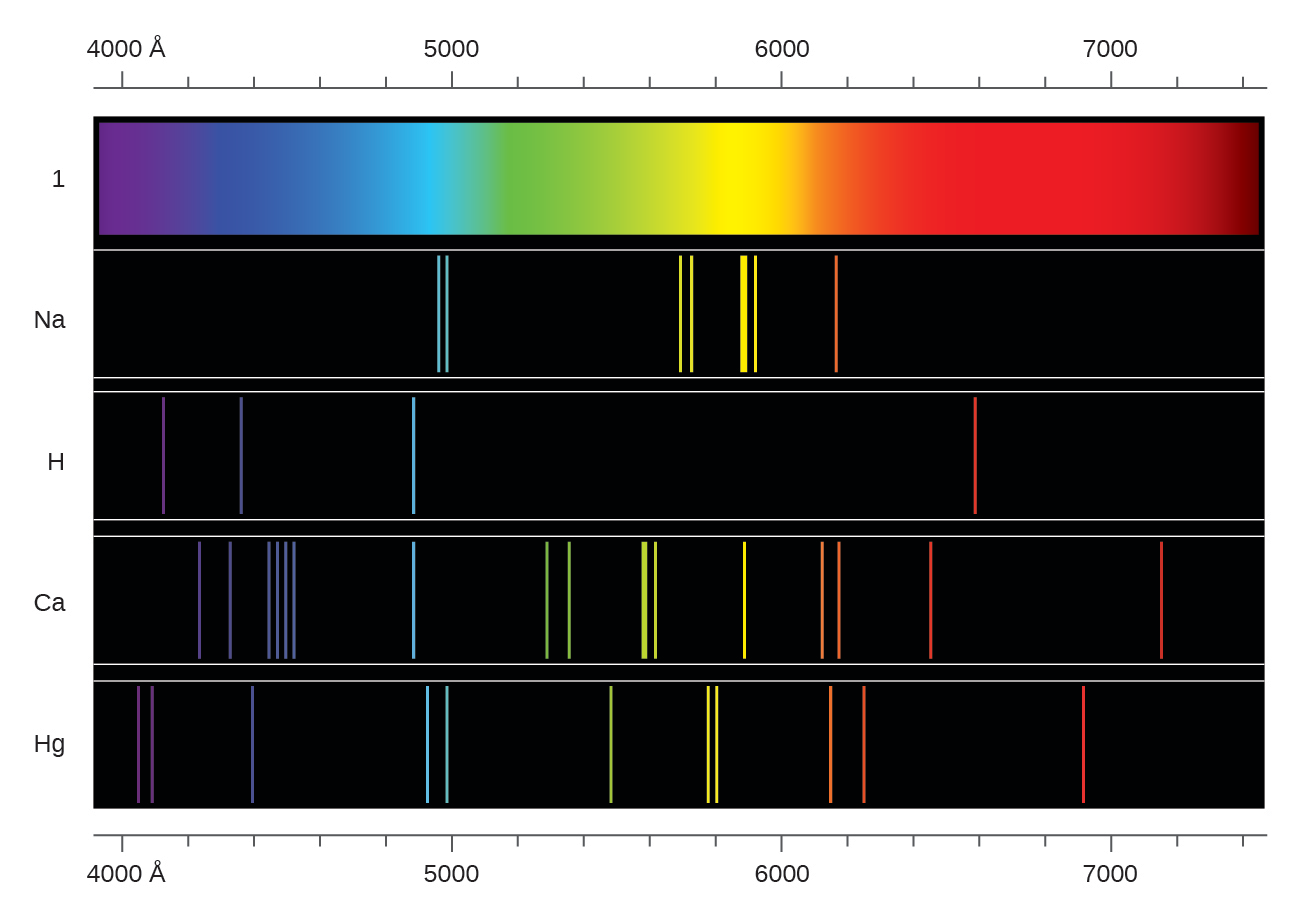
:max_bytes(150000):strip_icc()/GettyImages-1096547948-35b3799817ca4b2fa06888893ef4a348.jpg)
Quantification of oxygen supply as function of liquid flow rate and membrane temperature showed that 50 mM and 58 mM of oxygen were supplied to methanol and acetonitrile at 1 mL min⁻¹ flow rate and 110 ☌ membrane temperature. The system enables safe mass transport of oxygen in an accurate manner simply by adjusting liquid flow rate, membrane temperature, and gas pressure as concluded after characterization of reactor behaviour.

Herein oxygen gas is dissolved under pressure in the reaction mixture to give a homogeneous flow regime prior to irradiation. This review covers aspects of homogeneous systems, multiphase transformations and catalytic reactionsĪ flow chemistry reactor system for scalable photooxygenation reactions was developed using a gas–liquid reactor as key feature. These range from flow reactor components and assembly, to important parameter effects and useful performance criteria. Making continuous flow studies easier, experimental details that should be provided as part of any organic chemistry‐based continuous flow study are presented and critically discussed. A more detailed discussion of photochemistry, biocatalysis and electrochemical flow systems is outside the scope of this review. The article covers aspects of homogeneous systems, multiphase transformations, and catalytic reactions (homogeneous and heterogeneous). Topics covered include flow reactor components and assembly, important parameter effects and useful performance criteria. A focus is placed on information that should be provided within reported studies to enable experiments to be more easily and reliably reproduced. In this article we provide guidance to scientists for experimental details that should be considered as part of any organic chemistry‐based continuous flow study. It was concluded that our recirculation microreactor system could effectively perform gas–liquid reactions with appropriate reaction times under slug flow at the desired volume ratio between gas and liquid.įlow chemistry studies can sometimes be difficult to reproduce. It would be better to perform this absorption under slug flow at a smaller volume ratio regardless of the total volume ratio between carbon dioxide and water. Furthermore, a mass transfer capacity coefficient, KLa had a peak at the flow rate of the aqueous solution of around 2.5 mL/min (2.5×10⁻⁶ m³/min), which was closer to that of carbon dioxide of 1.8 mL/min (1.8×10⁻⁶ m³/min). This tendency with this system and the conventional batch method was in good agreement with the reported tendencies. The absorption rate with this system was improved by over three times compared to that with the conventional batch method. However, the solubility with this system increased faster than that with the conventional batch method. The solubility of carbon dioxide into water reached above the solubility equilibrium of 1.67×10⁻⁵ mol/L (1.67×10⁻⁵ kmol/m³) with both this system and the conventional batch method. Then, the recirculation microreactor system was applied to this absorption. It was clarified that pH decreased with time by introducing carbon dioxide. At first, this absorption with the conventional batch method was performed.

This system was evaluated by the absorption of carbon dioxide into water. The slug flow was produced in a T-shaped mixer with an inner diameter (ID) of 0.5 mm and the obtained solution collected into a 20-mL (2.0×10⁻⁵ m³) vessel through a tube with an ID of 1 mm was introduced into the mixer again. A recirculation microreactor system for gas–liquid reactions has been developed, in which gas is continuously introduced into liquid, in order to effectively perform reactions with longer reaction times under slug flow at the desired volume ratio between gas and liquid.


 0 kommentar(er)
0 kommentar(er)
